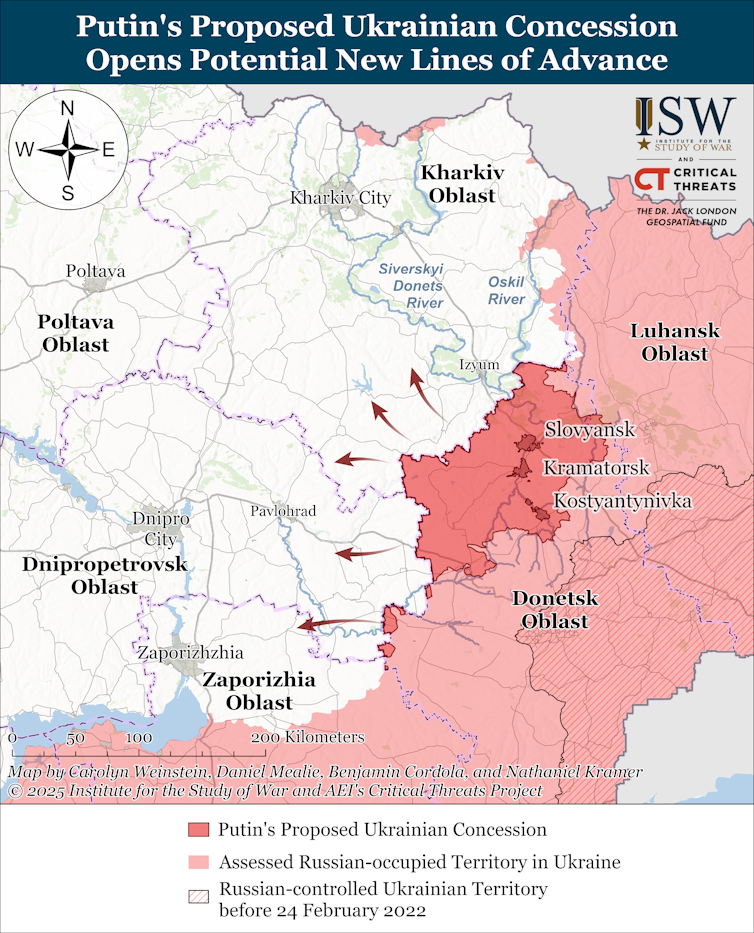Source: The Conversation – UK – By Samuel Clark, PhD Candidate in Politics and International Relations, University of Reading

In a world where politics can often feel demoralising, it’s no surprise that many people are finding comfort and hope in political satire.
Shows like Have I Got News For You and Last Week Tonight With John Oliver use wit and irony to make controversial, distant and uncomfortable issues more approachable while providing moral judgment on them. The idea is that when disheartening topics are dressed humorously – climate change, political corruption, structural injustice – we’re more inclined to pay attention. And, if all goes well, we might be able to poke fun at ourselves and our ignorance along the way.
Done well, satire can benefit democracy. It offers representation: the satirist articulates the grievances of people who might otherwise struggle to advance their views. It can be educational, bringing attention to important issues that are obscured in public discussions. It can hold power to account, pressuring elites to address harms they might be ignoring. And satire can promote social equality: it mocks the powerful, and in so doing asserts that they are not above others.
But in many democracies, and the US in particular, this model isn’t always being subscribed to. Much of the popular satire we see today prioritises affirming the prejudices of its partisan audience over pursuing the democratic benefits it has the potential to deliver.
My ongoing PhD research examines when satire is and isn’t democratically valuable in societies marked by deep divisions. And I’m concerned that some popular modern satire is taking a wrong turn.
Perhaps as a symptom of Donald Trump making satire of elites more and more difficult, some satirists are choosing to make fun of uninformed regular people rather than those in power, particularly when those people have different political views.
One example can be seen in The Daily Show’s recurring segment Jordan Klepper Fingers the Pulse. In the segment, leftwing satirist Klepper interviews attendees at Donald Trump rallies, steering them – through strategically phrased questions – into absurd or contradictory positions. The comedy is bolstered by manipulative editing and laugh tracks that paint Trump supporters as inherently foolish and unreasonable. The clips consistently attract millions of views online.
While the segment is humorous, the primary goal is not to foster public understanding or deliver a substantive critique. Rather, it pursues tribal reinforcement. The viewer is invited to laugh not at elite wrongdoing, but at the perceived ignorance of ordinary people.
This kind of satire fails to deliver, and in some cases undermines, the democratic benefits I’ve outlined above. In relation to the good of social equality, for instance, it vilifies, and so undermines the status of ordinary people. It also doesn’t hold power to account, nor does it educate people on issues of broader public concern.
Satirists wield considerable power. Studies show that many people, particularly those with low political interest, are turning to satirical television programmes as an alternative to traditional news broadcasters for information.
When satirists single out only the most extreme or ill-informed people and hold them up as representative of an entire political movement, they don’t educate or enlighten; they entrench caricature and propagandise. The audience walks away with their prejudices affirmed and their opponents dehumanised.
Punching sideways
Other satirical offerings – such as Inside Edition and Jimmy Kimmel Live, alongside a number of social media creators – are further examples of cheap shots aimed at political opponents. (Examples from the political right are harder to come by. Conservatives tend to dress their consumption of politics in outrage and anger rather than satire and irony.)
Across all these examples, an “interviewer” uses mock sincerity to lull people in and subsequently shame, demean and ridicule them – often without them knowing that they are indeed the subject of ridicule. These performances rarely illuminate complex issues or unsettle power structures. Instead, they deliver punchlines aimed squarely at their citizen adversaries. In so doing, they become partisan theatre, not satire.
While these performances may entertain, research suggests they also have lasting psychological consequences. Humorous stimuli have been shown to increase information recall. Some evidence also points to a “sleeper effect” whereby political messages delivered through comedy can become more persuasive over time, bypassing our critical defences. Humour can, however, make audiences treat messages as less important.
In my view, the danger lies in the broader narrative this kind of satire delivers about political opposition. Critiquing the hypocrisies in hardline Trump supporters’ views is one thing, but when we are encouraged to perceive an entire political group as blindly dogmatic, irrational and unreasonable, we cross a dangerous line. Instead of gaining a deeper understanding of political disagreement, viewers are left with the conviction that their political opponents are not just wrong, but unworthy of being debated. This isn’t civic engagement, it’s ideological arrogance. Democracy can’t function properly under these conditions.
This is not to argue that satire should be politically neutral. Far from it. Some of the greatest satirical work in history – from Jonathan Swift to Ian Hislop – has been fiercely ideological. But good satire challenges its audience as much as its targets. It holds a mirror up to society, forcing us to confront not just the flaws of our adversaries, but also our own ignorance.
With Saturday Night Live set to expand into the UK, British satirists would do well to take heed. There is a risk that the kind of polarising comedy taking root in the US will follow across the Atlantic. Satire is at its best when it exposes deception, discomforts the comfortable, and asks hard questions of those in power – even when they’re on our own side. It should show that no one side holds all the answers. That’s harder, riskier work. But it’s the kind of satire we need now more than ever.
![]()
Samuel Clark receives funding from the South East Network for Social Sciences.
– ref. The harms of low-blow political satire in a polarised climate – https://theconversation.com/the-harms-of-low-blow-political-satire-in-a-polarised-climate-255750


















